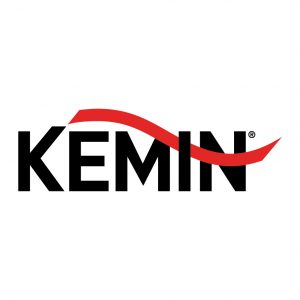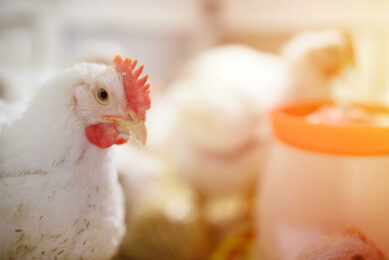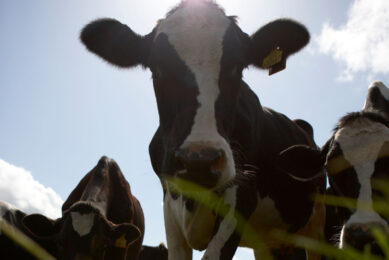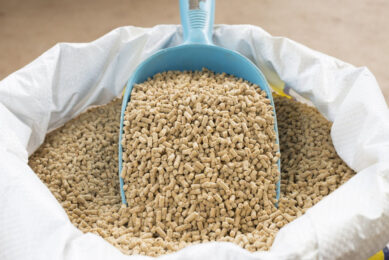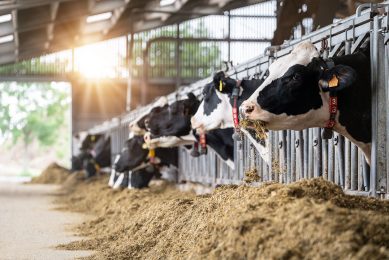Feeding dairy cows to reduce carbon footprint
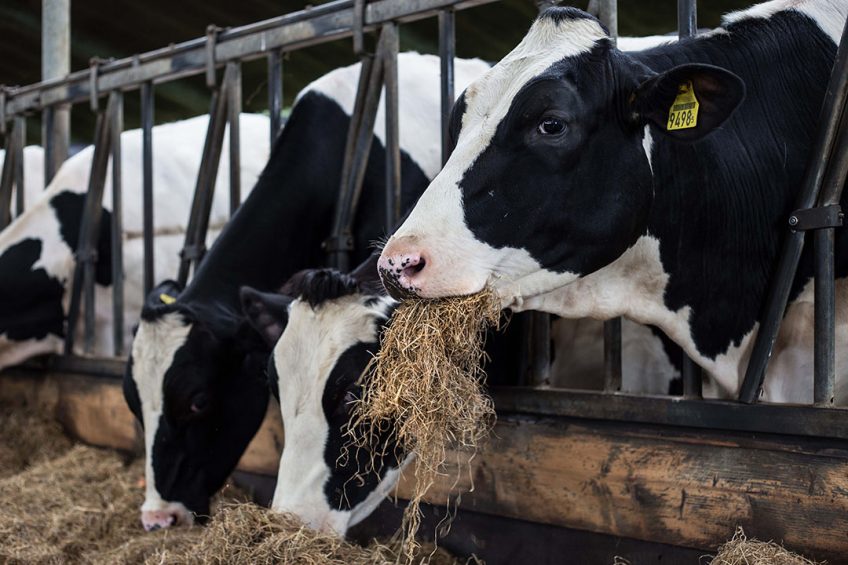
Today, the dairy sector is facing several challenges; the increase of feed raw material prices, the high volatility of agri-food products of livestock origin, the decrease of meat and milk consumption and, the public opinion that the dairy sector has a big impact on global warming. Therefore, there is a big opportunity for ruminants to produce more efficiently thanks to a better feed efficiency and as a result reducing the nitrogen (N), nitrous oxide (N2O), phosphorus (P) excretion.
The latter is affecting the final total carbon footprint (Carbon dioxide equivalents, CO2-eq). On the other hand, as the feed cost is up to 70 % of the total production cost, improving feed efficiency has a key impact on the farm profitability. Simultaneously, we will be able to reduce the methane and CO2-eq excretion per kilogram of milk, milk protein and cheese produced.
Life Cycle Impact Assessment tool
To measure the global warming potential, we have the Life Cycle Impact Assessment tool (LCA), that evaluates the potential environmental impact of a product or activity throughout its life cycle. This is expressed in terms of CO2-eq, a unit used to compare the warming of a greenhouse gas with carbon dioxide which would have an equivalent impact.
According to Kemin experience, when amino acid (AA) nutrition is implemented applying the latest available nutritional knowledge and with the right rumen protected (RP) AA supplements (both, Methionine (Met) and Lysine (Lys)), apart from the carbon footprint reduction, a better animal performance with a better N, P and feed efficiency is observed.
Nutritional needs for Holstein cows
Table 1 describes the nutrient profile (with regards to the protein side) for 2 diets, CONTROL and AA, that both cover the nutrient needs for a Holstein animal, 670 kg of body weight, 180 days in milk and second lactation, with 35 kg of milk production, 4 % of milk fat and 3.5 % of milk protein according to CNCPS v6.55. Both diets are formulated for 24.7 kg dry matter intake. The control diet is not balanced for AA and therefore despite meeting the existing needs, we are losing potential, that means, we are not being efficient. The AA diet is a diet that covers the theoretical objective of our animal type, but, thanks that Met and Lys needs are met due to the use of Kessent M (Kemin RP-Met) and LysiGEM (Kemin RP-Lys), respectively, we can save 84 grams of metabolisable protein along as with a better allocation and formulation of the available raw materials (Table 2).
Economic and emissions savings
The AA diet was cheaper than the control diet (Figure 1). The cost per animal and day was, €5.046 for the Control diet, and €4.957 in AA diet. Thus, the economic savings compared to the control diet was €0.089 (2.5 %). In Figure 1 we also observed that the CO2-eq supply the diets were 26.396 and 22.293 for Control and AA groups respectively (premix, mineral and protected fat were not considered due to lack of reliable values). The reduction in the carbon footprint of AA diet was 11.2 % compared to the control group. It is noteworthy to point out that the CO2-eq contribution for the use of both RPAA, Kessent M and LysiGEM were only 1.2 % in the AA diet, and we can save up to 11.2 %! For the AA diet, a N and N2O excretion reduction of 3 and 10 %, was observed respectively. The N efficiency was improved by 7.7 %.
Figure 1 – Carbon footprint and cost of a diet balanced for RPAA compared to an unbalanced diet.
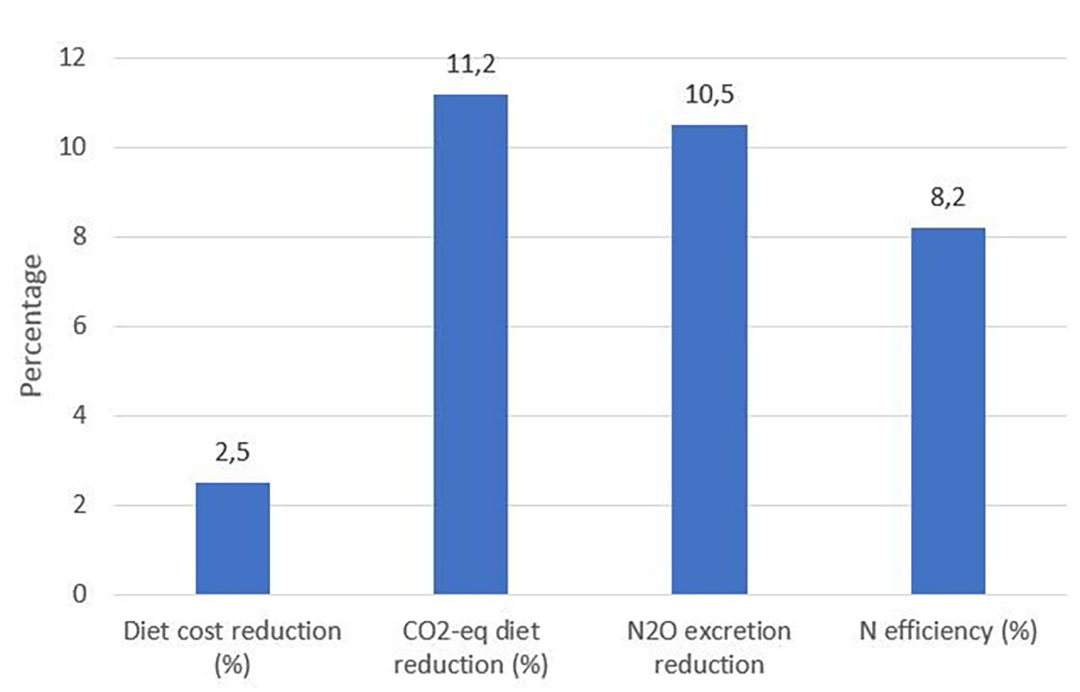
This is how the AA formulation approach becomes key to the ruminant sector, reducing N, P and CO2-eqexcretion, and improving feed (N) efficiency, enhancing the operating account per kilogram of milk or meat produced. This exercise does not include the other functional benefits that can be found with the use of RPAA such as improved health and reproduction, which will inevitably lead to improved animal welfare and a reduced carbon footprint by having fewer unproductive animals on the farm and greater longevity, which will result in an improved feed efficiency.
Improving animal health and production
In conclusion, adopting the concept of balancing for individual AAs can bring endless opportunities for reducing the impact of emissions on the environment, while maximising the dairy herd profitability. With continuously increasing feed prices and milk production costs, diet formulation with low crude protein content while balancing for AA, using rumen protected Met and Lys, can maximise the metabolisable protein utilisation, as well as, dairy cow production and health. Additionally, balancing for the first two limiting AAs will decrease the overall N and P excretion to the environment, improving N, P and feed efficiency. All of this, by reducing the Life Cycle Impact Assessment of daily formulations and improving animal health.
References available on request


